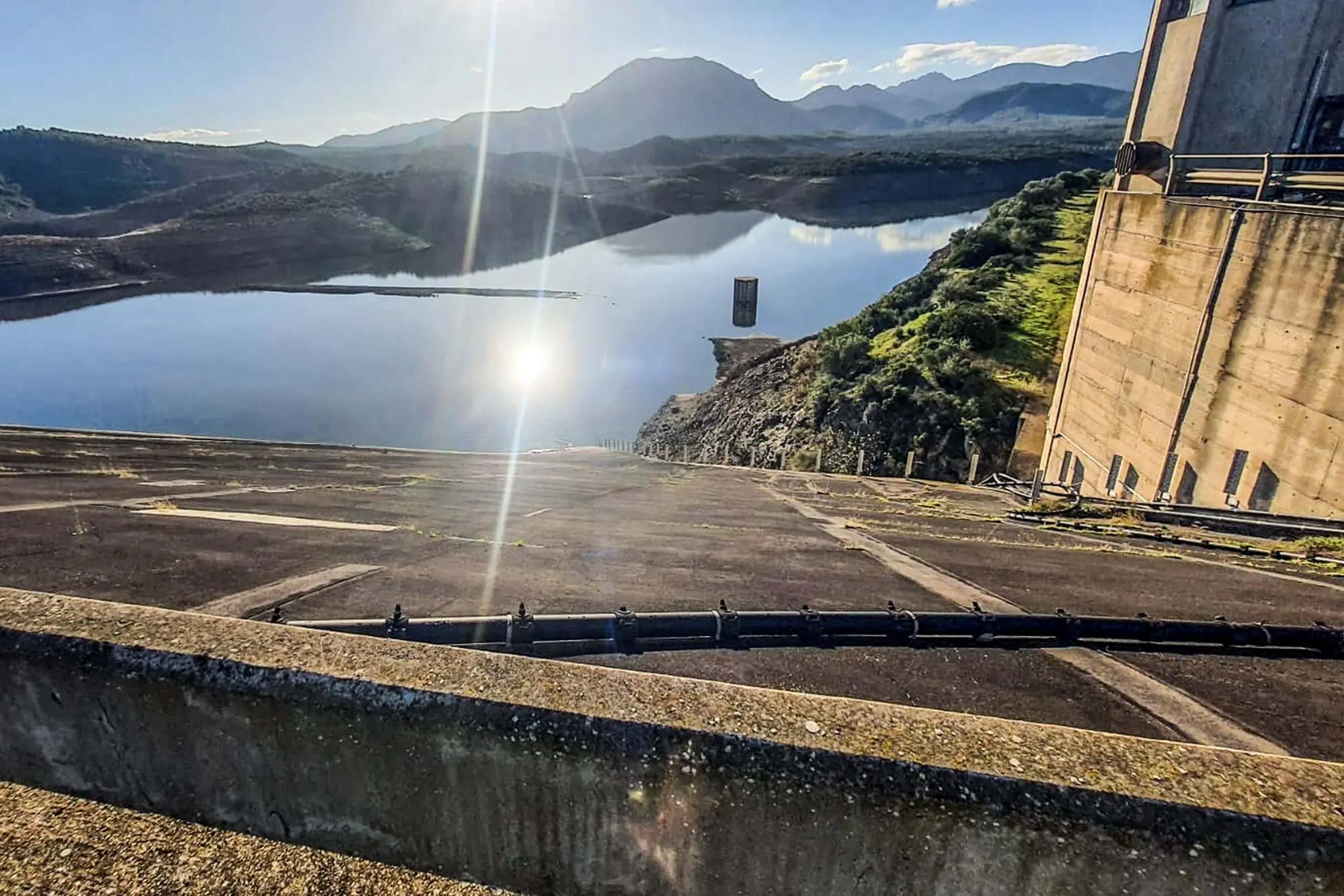Water levels in reservoirs below 50%: Nurra and Sulcis under special observation
Summer in Sardinia is safe but there is hope for autumn rains: with the arrival of tourists, a peak in consumption is expected in August.Per restare aggiornato entra nel nostro canale Whatsapp
The summer season is safe, both for drinking water and irrigation, but we are already looking with concern towards the end of September, with hopes that the first rains will arrive to replenish the island's reservoirs, which are currently just under 50% full.
According to the latest bulletin from the river basin authority, Sardinian dams contain approximately 903 million cubic meters of water , equal to 49.5% of the total, almost 7 percentage points less than a month ago but practically in line with last summer (50.2%).
There's no mention of an emergency, but with the influx of tourists in August and the heat, consumption will increase. There are also two areas under special observation, Nurra and Sulcis, which have been placed under a red flag.
In the first case, the work on the Coghinas River, carried out by ENAS, is currently awaiting completion (the deadline is set for March 2026). Meanwhile, wastewater from Alghero and Sassari is being reused to support irrigation. In Sulcis, the situation is more manageable thanks to connections with other nearby districts.
Other extreme situations are found from north to south of Sardinia, while the Nuoro and Ogliastra areas have no problems: the first area with over 50% of its resources invaded, the second with 90%.
(Unioneonline)
